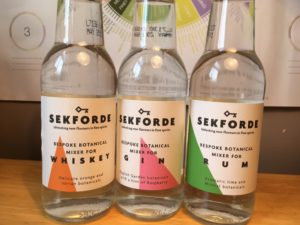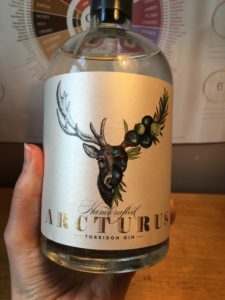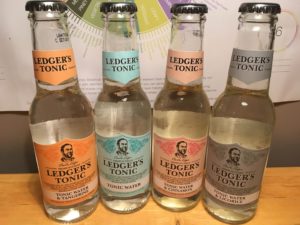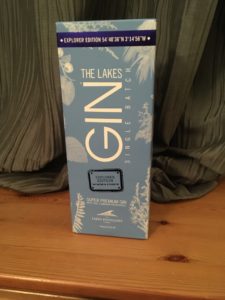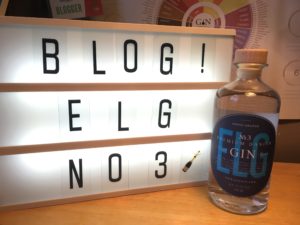Note: I contacted Sekforde and they kindly sent me some samples to try, but as always I’ll let you know exactly what I think.
Sekforde mixers were created by husband and wife team Tom and Talula and they take a different approach to most ranges of mixers. Most ranges go for different flavours which complement different drinks in different ways, but here they have created three botanical mixers, each designed to complement a different spirit. Each mixer is 100% natural and under 40 calories per 200ml bottle. So what are they?
